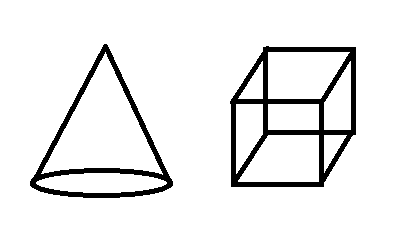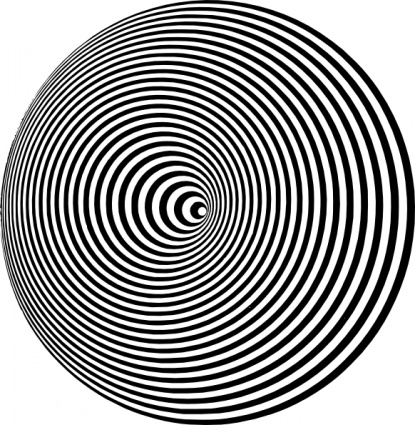Molecules: Intermolecular Forces
Intermolecular forces are the forces that exist between 2 individual molecules. This is different from intramolecular forces, which are the forces that exist within a molecule (ie. ionic/covalent bonds). Intermolecular forces are generally described by a general term, Van der Waals forces. Dipole-dipole Force – the attraction of a dipole on one molecule for the dipole of another…
read more







